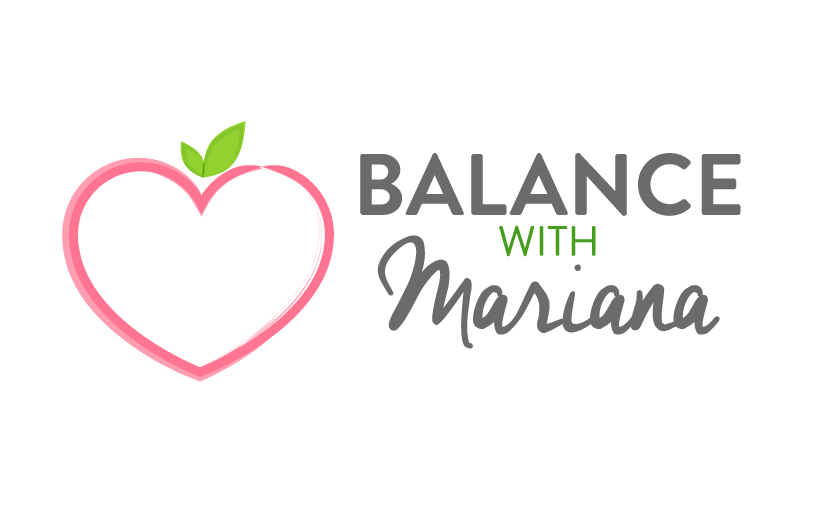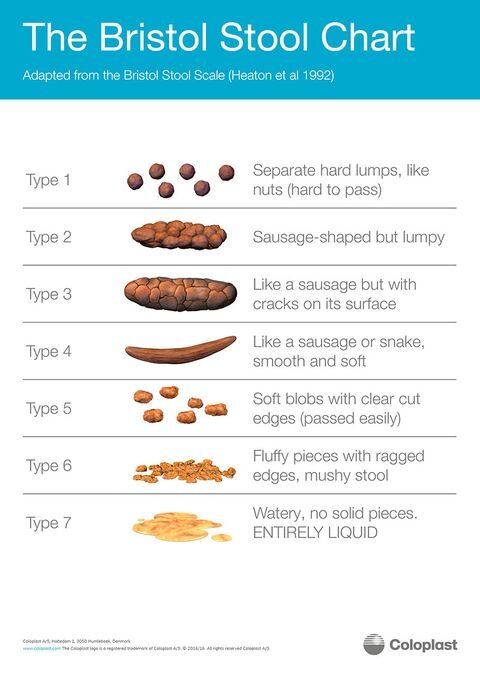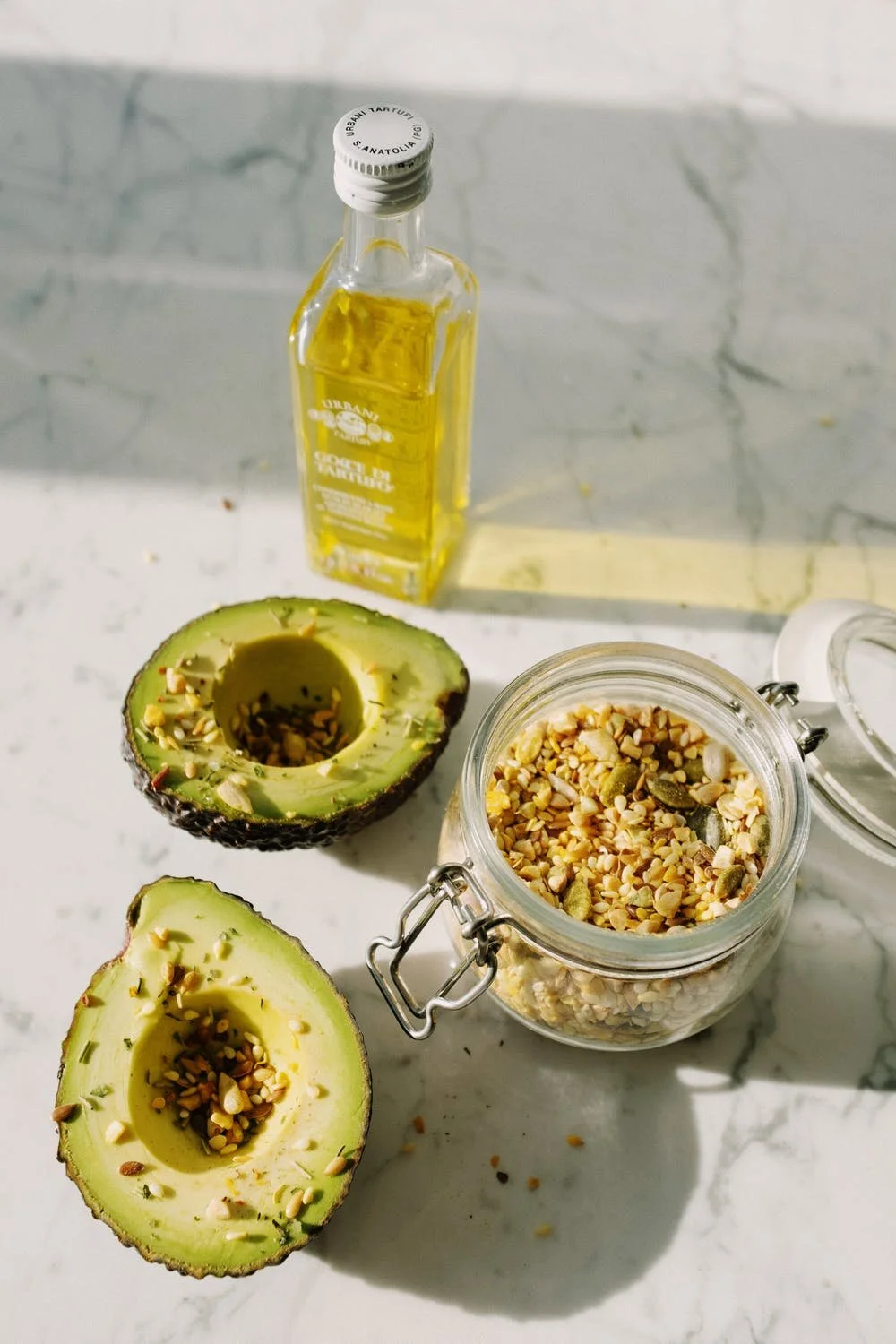Yep, today I’m talking about POOP as it’s a topic I’ve studied over and over again, and continue to study, because it’s a personal one that I’ve struggled with a lot. It’s something that very few people talk about, yet so many people struggle with, so I decided it was about time that I share with you some of my knowledge on the topic. I have to say, I consider myself a poop expert.
First let me address a few common questions around poop, and then I’ll delve into my best remedies for promoting overall gut health and getting an awesome poop.
What is poop?
Poop is basically the leftover of whatever wasn’t absorbed in your intestines; it’s mostly made up of leftover indigestible fibers and “dead” gut bacteria.
How often should we poop?
Ideally I believe most of us should be pooping every day for the most part. If you poop twice and sometimes even three times a day, awesome. If you poop a little less often, and your norm is “almost daily” but maybe once a week you don’t poop, it’s usually ok. But if you’re pooping a bit liquid 4-5 times a day, or you go 2-3 consecutive days without pooping on the regular, those are signs that something is up and should be improved.
Because the health of your poop says a lot about the health of your gut, which says a lot about your overall health.
That being said, I strongly believe that it all boils down to YOUR BODY and how you FEEL. Everyone is a bit different, and your “normal” is different from other people’s “normal”. But don’t ignore the signs that your body and your poop are sending you, especially when there is a noticeable shift.
What should our poop look like?
If the SHAPE and consistency of your poop varies a lot, it’s telling you something. If it’s very thin and stringy, or little hard balls, or very mushy, it’s not ideal. Since poop curves around inside your intestines, a healthy poop should look like some version of an “S” or a “C”. Small round pellets, thick logs without any curvature, shapeless mush, and pencil-thin poops all mean that your diet, eating habits, stress level, hydration status (or something else) need some attention.
As for CONSISTENCY, a healthy poop will be well formed but soft – not too hard, not too watery, and not have tiny floating pieces of food. It’s ok if it varies a bit, but this is in general.
I often refer to the Bristol Stool Chart; it’s a great overall guide. The idea is we want to aim for something somewhat resembling #4 on this chart the majority of the time.
As for COLOR, a healthy poop should be a brown color (as a result of the leftover bile, which is produced to breakdown your food). White or grey poop can indicate a problem with your pancreas or gallbladder. Yellow stool (especially with mucus) may be a sign of an infection or inflammation. So definitely talk to your GI if you see either of these. Green poop typically means you’re eating a LOT of veggies, so usually it’s no biggie. Black poop can result from iron supplements or can be a sign of blood in your stools. It’s often a small fissure and not a means for huge concern, but definitely check in with your GI to rule out anything serious.
But AGAIN, I believe you should focus more on how your digestion and body FEELS. Our body (especially our GUT) speaks to us if we listen! It just takes practice building that relationship (something I continue to work on).
Now for the most important part:
What can we do to improve our POOP?
Here are 9 of my best recommendations to improve digestion, gut health, relieve constipation and perfect your poop overall:
1. FIBER AND PREBIOTICS
To improve our poop the most important thing is getting enough fiber – both soluble and insoluble. Soluble fiber absorbs water and forms a gel in your intestines, which bulks up your poop and makes it smooth enough to keep it moving. Insoluble fiber acts like a broom to sweep poop along, and has a mild laxative effect which helps with elimination. Fiber is also what feeds our “good” gut bacteria (aka probiotics) and together, fiber and probiotics are absolutely KEY in creating healthy poop. I’ll get on to probiotics next. Note: when you increase your fiber intake, you’ll need to drink more water or you can get bloated and/or more constipated. READ MORE ON PREBIOTICS /FIBERS HERE.
2. PROBIOTICS
Your intestines are home to over 100 trillion bacteria, and this bacteria helps break down food to release the nutrients our bodies need, and helps us poop. A lot of this bacteria is pooped out and a lot is “killed” by stress and chemicals in our water/food and more. Adding some healthy bacteria (aka probiotics) can help keep us regular (and so much more). READ MORE ON PROBIOTICS HERE.
3. HEALTHY FATS
Healthy fats found in foods such as nuts and seeds, avocados, extra virgin olive oil and fatty fish like salmon are great for helping to move things along in your intestines and relieving constipation. I find that a lot of constipated people improve a lot when they quit their low-fat diet and start adding more “lubrication” from healthy fats (which also contain fiber in most cases).
4. BETTER EATING HABITS / EATING CONSCIOUSLY
Eating slowly and chewing thoroughly (chewing each bite at least 10-20 times or until almost liquid before swallowing is the ideal!)
Making “eating time” sacred. Eating your meals on a plate always, and when possible, making them pretty, and always consciously enjoying them. Maybe blessing your food. Whatever helps to make your meals more conscious and more of a special ritual.
Breathing deep before meals, decreasing any existing stress or anxiety.
Having easier-to-digest breakfasts (ex. smoothies, warm oatmeal) and dinners (ex. soups)
Leaving time between dinner and sleep (ideally at least 2-3 hours)
Leaving more time between meals often helps, which is one of the reasons people are loving the current intermittent fasting trend (ideally 12 hours or more)
Limiting your water intake with meals (drinking in between meals). Ideally, avoid drinking water 5-10 minutes BEFORE your meal and wait until 15-30 minutes after your meal to keep drinking, only taking small sips during your meal. If needed, taking digestive enzymes right before your meal can help with digestion.
5. MOVEMENT
All exercise, especially walking/jogging/jumping on a trampoline, helps to stimulate bowel movements. Exercise generally increases your metabolism which increases intestinal motility, helping things move along your gut and ultimately “evacuate”. And exercise has long-term beneficial effects for your overall digestion and gut health.
6. STIMULATING VAGUS NERVE + STRESS MANAGEMENT
When you’re stressed, your “parasympathetic” nervous system is activated which can lead to constipation (or in some cases diarrhea). Try some deep breathing, a guided meditation, yoga, or anything else that helps you relax and activate your body's parasympathetic (aka rest and digest) nervous system.
Additionally, it’s said that doing deep slow focused breathing, as well as chanting where you create a deep vibrational sound, and singing loudly, are very helpful for stimulating your Vagus Nerve - a nerve that plays a key role in activating the enteric nervous system, which stimulates motility and proper functioning of the gut.
7. LUBRICATE YOUR INTESTINES
Make sure your drinking tons of water throughout your day. Divide your body weight in pounds by two. This gives you the approximate amount of water in ounces that you need to drink per day. For example, a 140-lb woman should drink about 70 oz. or approximately 9 glasses of water a day. But if you exercise a lot and eat lots of fiber, you need to drink more. It helps to check your pee which should be clear colored only light yellow; if its a strong yellow that’s a sign you need more water.
You also want to be getting enough minerals and electrolytes; in particular magnesium which helps with absorbing fluid into the colon to provide lubrication. I suggest adding a magnesium supplement like Natural Calm to aid with constipation.
Consuming gelatinous consistencies help lubricate your colon, like flaxseeds boiled in water, aloe vera, chia pudding, all of which aid in moving things along nicely.
Adding more healthy fats in general, especially extra virgin olive oil and ghee (as already mentioned in point #3)
8. TRIPHALA
Triphala is a traditional Indian herb (a blend of three fruits: amalaki fruit, bibhitaki fruit, and haritaki fruit) that has been used for ages in Ayurvedic traditions to help with digestion. It’s said to cleanse, tonify and revitalize the tissues of the entire GI tract, and I have found it VERY effective to promote bowel movements. You can take Triphala capsules before bed and/or upon rising, or two times daily before eating (ideally on an empty stomach).
9. SQUATTY POTTY
Using something that elevates your feet slightly while you're sitting on the toilet, like a Squatty Potty helps create proper anatomical alignment (making us squat as our ancestors used to do before toilets), allowing for easier evacuation.
Hope you enjoyed this blog (without getting too grossed out, its natural afterall, and SO IMPORTANT!).
If you’re not already getting my newsletter, make sure to sign up below to get my weekly newsletter straight to your inbox. I share my latest blog once a week with unique knowledge and awesome tips covering a wide array of health topics, including delicious recipes, you also get first dips at my wellness programs, and MORE that you don’t want to miss!




